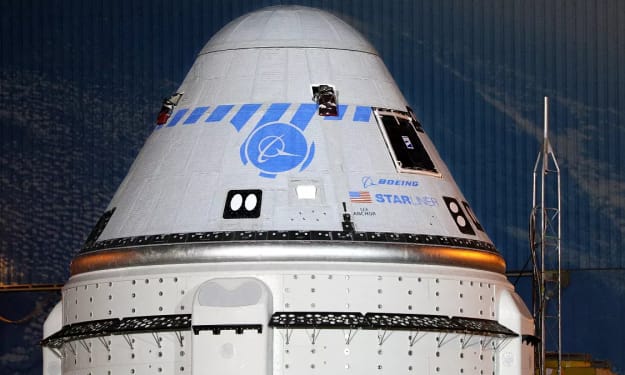Revolutionizing Industry: A Comprehensive Exploration of Robotics in Manufacturing
Unleashing the Power of Automation: A Deep Dive into the Transformative Role of Robotics in Modern Manufacturing

Introduction:
In the fast-paced world of manufacturing, robotics has emerged as a transformative force, revolutionizing production processes, increasing efficiency, and driving innovation. From automotive assembly lines to electronics manufacturing facilities, robots are reshaping the industrial landscape, redefining the way products are made and accelerating economic growth. In this in-depth exploration, we delve into the multifaceted applications of robotics in industry and manufacturing, uncovering the myriad ways in which robots are transforming factories, supply chains, and the global economy.
Section 1: The Evolution of Industrial Robotics
Industrial robotics has undergone a remarkable evolution since its inception, from the early days of programmable automation to the sophisticated robotic systems of today. Initially used for simple tasks such as material handling and welding, industrial robots have become increasingly capable and versatile, thanks to advancements in sensors, actuators, and artificial intelligence. Today's industrial robots are capable of performing complex tasks with precision and efficiency, making them indispensable assets in modern manufacturing facilities.
Section 2: Applications of Robotics in Manufacturing
The applications of robotics in manufacturing are vast and varied, encompassing a wide range of tasks and industries. Robots are commonly used for tasks such as assembly, welding, painting, material handling, and quality inspection. In automotive manufacturing, robots are used to assemble vehicles on the production line, weld chassis and body panels, and paint car bodies with precision and consistency. In electronics manufacturing, robots are used to pick and place components onto circuit boards, solder connections, and perform intricate assembly tasks with speed and accuracy.
Section 3: Collaborative Robotics (Cobots)
Collaborative robotics, or cobots, represent a paradigm shift in the way robots are used in manufacturing. Unlike traditional industrial robots, which are confined to safety cages and operated by skilled technicians, cobots are designed to work alongside human workers in shared workspaces. Cobots are equipped with advanced sensors and safety features that allow them to operate safely in close proximity to humans, enhancing productivity, flexibility, and safety on the factory floor. In industries such as automotive, aerospace, and consumer goods, cobots are being used for tasks such as pick-and-place, machine tending, and assembly operations, enabling companies to optimize their production processes and respond rapidly to changing market demands.
Section 4: The Future of Manufacturing with Robotics
As robotics technology continues to advance, the future of manufacturing holds immense promise and potential. Emerging technologies such as artificial intelligence, machine learning, and adaptive control are enabling robots to become even more intelligent, autonomous, and adaptable. In the era of Industry 4.0, robotics is playing a central role in enabling smart, connected factories that are capable of real-time monitoring, predictive maintenance, and autonomous decision-making. With the rise of concepts such as mass customization and flexible manufacturing, robots are poised to revolutionize the way products are made, allowing companies to produce custom products at scale and respond rapidly to shifting consumer preferences.
Section 5: Challenges and Considerations
While the benefits of robotics in manufacturing are undeniable, there are also challenges and considerations that must be addressed. These include concerns about job displacement, workforce retraining, and the ethical implications of automation. As robots become increasingly capable of performing a wide range of tasks, there is a growing need for workers to acquire new skills and adapt to changing job roles. Additionally, there are ethical considerations surrounding the use of robotics in manufacturing, including questions about worker safety, data privacy, and the social impact of automation. Addressing these challenges will require collaboration between industry, government, and academia to ensure that the benefits of robotics are equitably distributed and that the transition to automated manufacturing is managed responsibly.
Conclusion:
As robotics technology continues to advance at a rapid pace, the role of robots in manufacturing will only continue to grow. By harnessing the power of robotics, manufacturers can achieve new levels of efficiency, flexibility, and innovation, driving economic growth and creating new opportunities for workers and businesses alike. With ongoing research and development, robotics will continue to revolutionize the industrial landscape, paving the way for a future where humans and robots work together seamlessly to create the products of tomorrow.






Comments
There are no comments for this story
Be the first to respond and start the conversation.